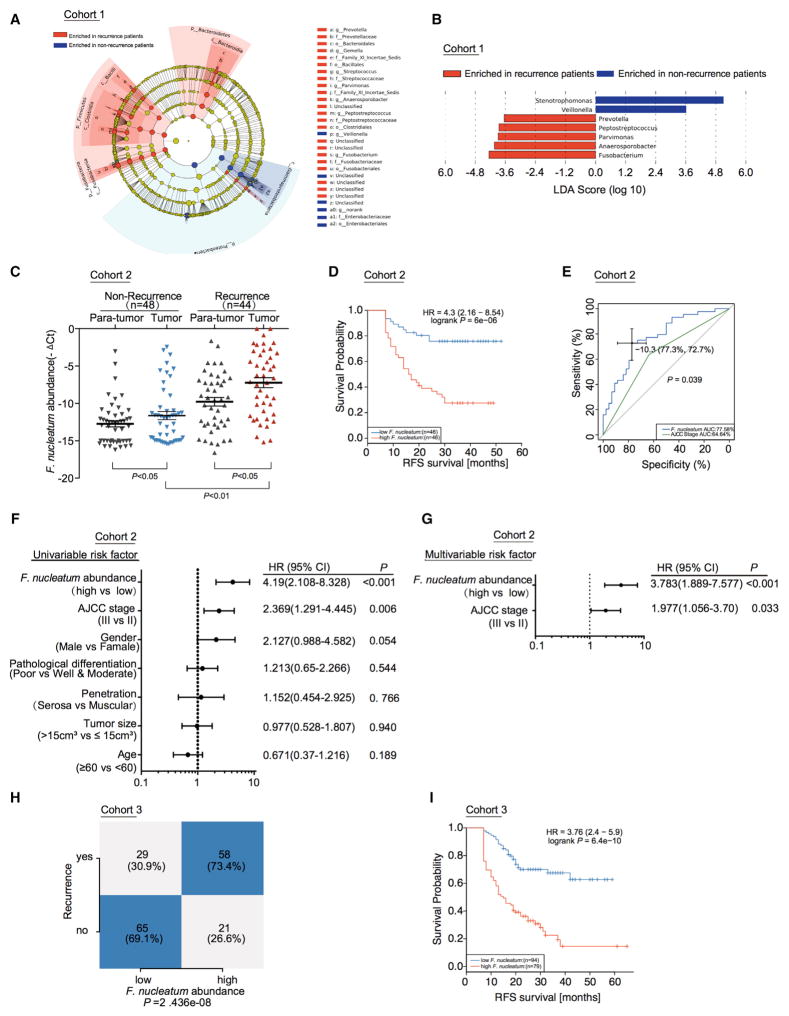Figure 1. F. nucleatum Is Associated with Cancer Recurrence and Patient Outcome.
(A) A cladogram representation of data in CRC patients with recurrence (16) versus no recurrence (15) by 16S rDNA sequencing. Taxa enriched in patients with recurrence (Red) and without recurrence (Blue). The brightness of each dot is proportional to its effect size.
(B) Linear discriminant analysis (LDA) coupled with the effect size measurements identifies the significant abundance of data in A. Taxa enriched in recurrent (Red) and non-recurrent (Blue) patients are indicated with negative (Red) or positive (Blue) LDA scores, respectively. Only taxa greater than LDA threshold of 3.5 are shown.
(C) Statistical analysis of the amount of F. nucleatum in Cohort 2, nonparametric Mann–Whitney test.
(D) Recurrence-Free Survival (RFS) was compared between patients with low and high amount of F. nucleatum in Cohort 2, Log-rank test.
(E) Receiver operating characteristic (ROC) analysis was conducted based on the amount of F. nucleatum and AJCC in colorectal cancer.
(F) Univariate analysis was performed in Cohort 2. The bars correspond to 95% confidence intervals.
(G) Multivariate analysis was performed in Cohort 2. The bars correspond to 95% confidence intervals.
(H) Statistical analysis was conducted based on the amount of F. nucleatum and recurrence rate in Cohort 3 by the cut off value of F. nucleatum defined in Cohort 2, Chi-square test.
(I) RFS was compared between patients with low and high abundance of F. nucleatum in 173 patients with colorectal cancer (Cohort 3) by the cut off value of F. nucleatum defined in Cohort 2, Log-rank test.
See also Figure S1.

